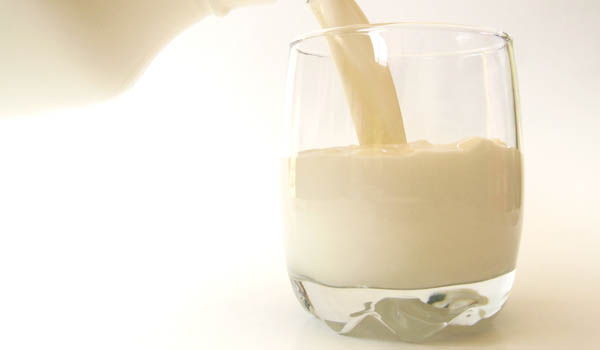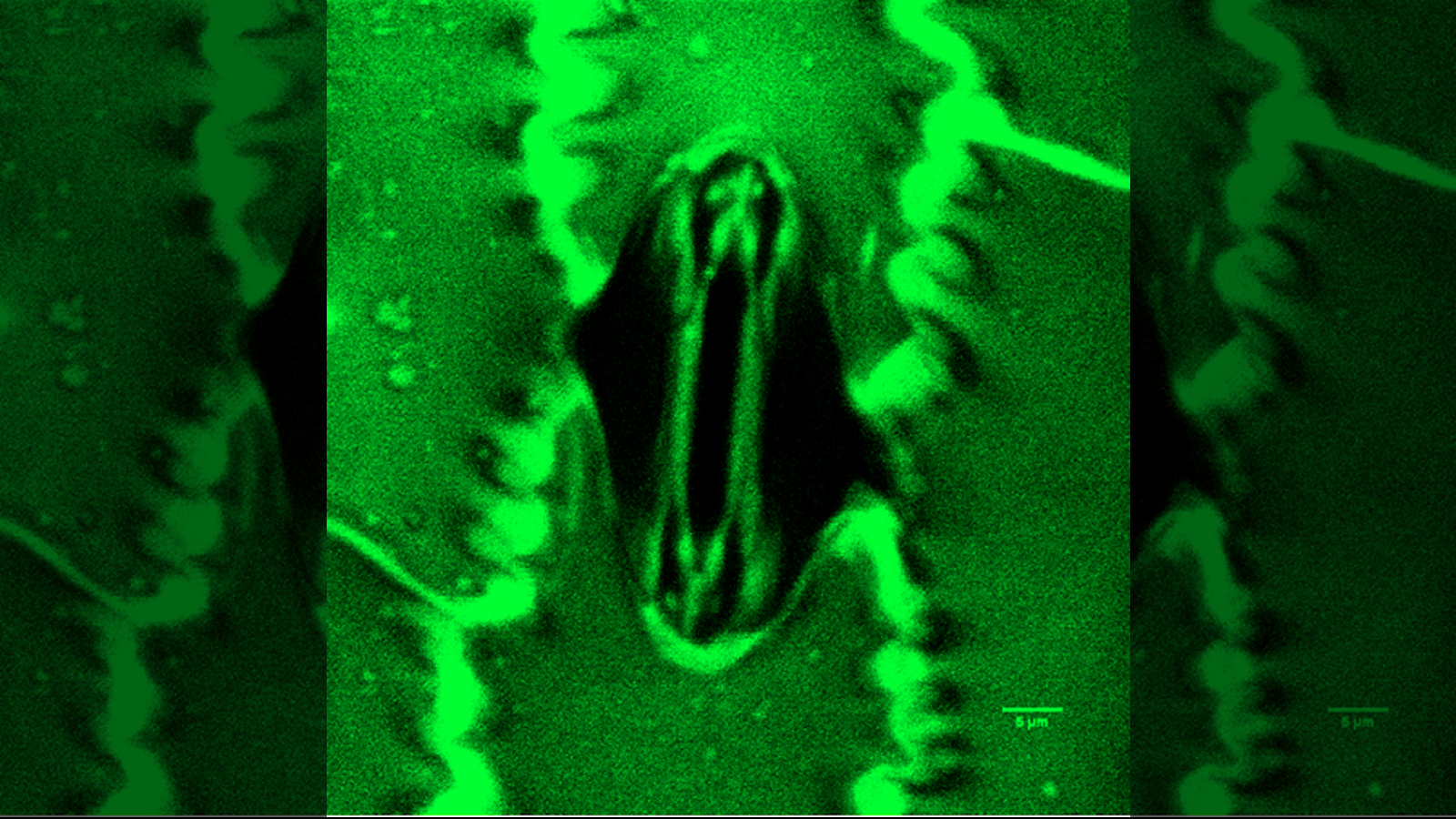Raw Milk Sickened Scores Despite Inspections

Even under the best circumstances, unpasteurized milk can make people sick, a new report concludes.
In one of the biggest outbreaks of campylobacter bacteria seen nationally in recent years, raw milk from a Pennsylvania dairy farm sickened 148 people in four states in January 2012, according to the report. Most campylobacter outbreaks involve a dozen or fewer people.
The report, which details what happened during the outbreak, said the dairy that sold the milk had a permit for selling unpasteurized milk, and had passed all inspections. The farm was among the largest sellers of unpasteurized milk in the state.
The dairy also tested its own milk for E. coli bacteria more often than was required. The vast majority of the sick people drank the milk before its "best by" date.
The only deficiencies that investigators found were that a mechanical milk bottle capper was broken, so employees had capped the bottles by hand, and that the water used to clean equipment was cooler than recommended (110 to 120 degrees Fahrenheit, instead of 160 to 170 degrees F).
But these issues were "minimal," and this campylobacter outbreak demonstrates "the ongoing hazards of unpasteurized dairy products," according to the report authors from the Centers for Disease Control and Prevention and state health departments. The findings were detailed online April 26 in the journal Clinical Infectious Diseases.
"Raw milk is riskier than most foods," said Douglas Powell, a professor of food safety at Kansas State University. While certainly a larger number of people get sick yearly from eating tainted tomatoes or lettuce, there are many more consumers of those foods than consumers of raw milk, he said.
Get the world’s most fascinating discoveries delivered straight to your inbox.
Bacteria commonly found in the digestive tracts of farm animals, including campylobacter and E. coli O157, can easily find their way into milk as it is pumped and bottled on a farm, Powell said.
"Fecal matter just ends up in the milk — it's not like you can see it," he said. "No inspectors can see it — this isn't CSI, where the bacteria just magically line up."
Nearly a third of those sickened in the outbreak were children, the report said. Children, along with pregnant women and people with compromised immune systems, are at high risk of complications from campylobacter infections.
Powell said he advises that raw milk not be given to children. "As adults, you're free to choose," he said. "But don't give it to your kids."
The people sickened in the outbreak ranged in age from 2 to 74, the report said. Typically, campylobacter infections cause diarrhea, abdominal pain and fever that last about a week, and most people get better on their own. In the outbreak, 10 people were hospitalized.
The dairy immediately suspended unpasteurized milk sales when it was informed of the outbreak.
The researchers recommended that state officials consider more regulation of unpasteurized milk, such as monthly pathogen testing.
However, consumers can never be certain that unpasteurized milk is free of pathogens, even it is certified and from a dairy that seems to be functioning well, the report said.
"The only way to prevent unpasteurized milk–associated disease outbreaks is for consumers to refrain from consuming unpasteurized milk," the researchers wrote in their report.
The number of dairies with permits to sell unpasteurized dairy products in Pennsylvania grew from 26 in 2002 to 153 in 2013, according to the report. The increase was driven by consumer demand and the higher prices that unpasteurized milk producers can get for their products, the report said.
Pass it on: Raw milk's bacterial risks remain high despite regulations and inspections.
Follow Karen Rowan @karenjrowan. Follow MyHealthNewsDaily @MyHealth_MHND, Facebook & Google+.

 Live Science Plus
Live Science Plus





